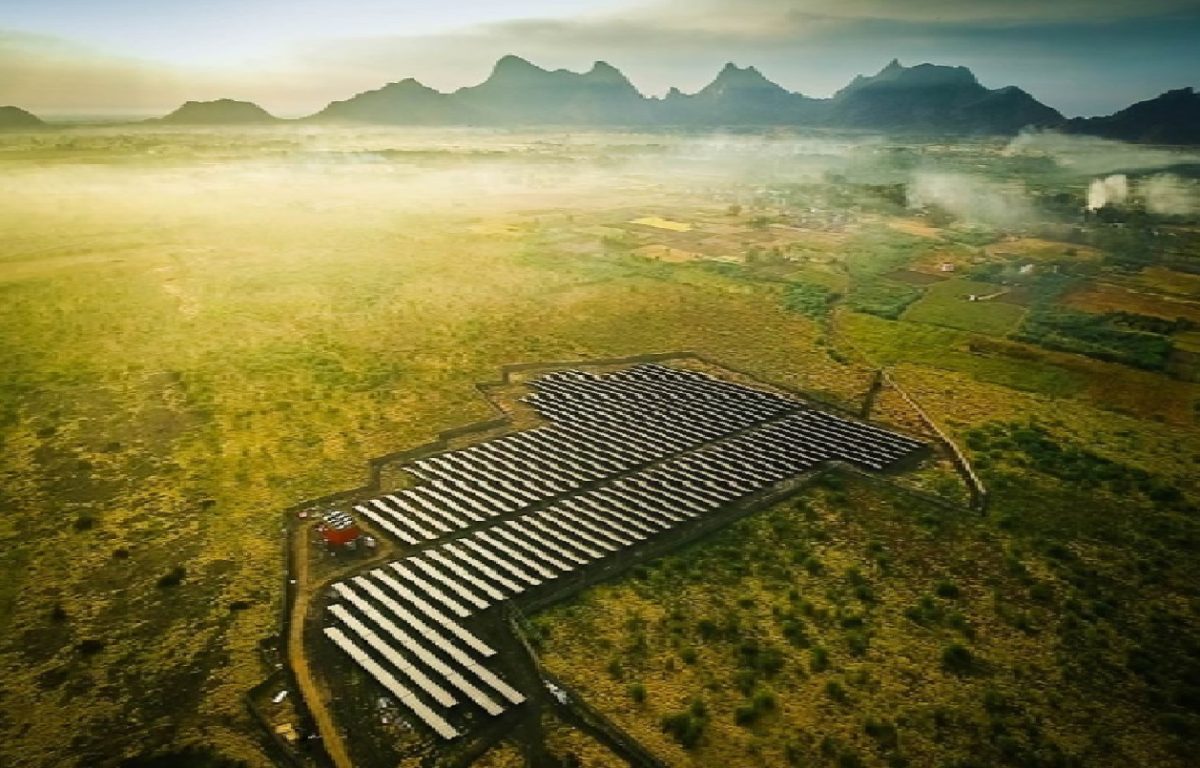From pv magazine USA
Researchers from NREL's Buildings Technologies and Science Center and Lawrence Berkeley National Laboratory have published a paper quantifying the costs and benefits of air-source heat pumps across the United States.
The report looks at how installation costs and energy savings prices change in relation to climate, heating source and type of home. The researchers ask policymakers to further reduce the costs of installing heat pumps so that more US households can benefit from them. The paper was published in Joule, a monthly peer-reviewed science journal.
The report’s data was collected by studying simulations of 550,000 statistically representative households. The researchers assessed the costs and benefits of three air-to-air heat pump performance levels across various home types, with and without insulation upgrades.
The US Department of Energy said the three common types of air-to-air heat pumps include:
- Ductless vs. Ducted vs. Short-Run Ducted: Ductless solutions work via a three-inch hole that connects the outdoor condenser and indoor heads to transfer air. Ducted systems rely on a network of ducts to transport air and work best for homes with a pre-installed ventilation system or for homeowners who can build ducted systems into their homes during construction. Short-run ducted systems run through a small section of the house and are often complimented with other ductless units.
- Split vs. Packaged: Split systems have one coil on the inside and one on the outside and leverage supply and return ducts connected to the indoor central fan to transport air. Packaged solutions have both coils and fans outside. Ductwork that passes through a wall or the roof delivers air indoors.
- Multi-Zone vs. Single-Zone: Single-zone solutions are configured to heat or cool one room with an outdoor condenser matched to one indoor head. Multi-zone applications heat or cool several rooms, hallways and spaces because they have two or more indoor coils that vary in size and style connected to one outdoor condenser.
Researchers found that a country-wide adoption of one or more air-to-air heat pumps across five 2022 to 2030 electric grid scenarios would reduce national emissions by 5% to 9%. They also state that 59% of households could afford the average cost of installing air-to-air heat pumps without subsidies ($5,500, according to the American Society of Home Inspectors). However, the efficiency of the equipment was key, as it impacted the home’s energy bill savings.
Researchers state that minimum-efficiency equipment could increase energy bills in 39% of households. That number decreased to 19% if insulation upgrades were installed and 5% if higher-efficiency equipment was used.
The most significant insulation and home efficiency factors influencing a household’s energy savings post-installation included heating fuel type and the presence of air conditioning. Researchers state that 92% to 100% of the 49 million homes with air conditioning and using electricity, fuel oil or propane for heat would experience a median energy bill savings of $300 to $650 yearly depending on heat pump efficiency. Homes in colder climates would see higher savings.
The US Inflation Reduction Act’s $3200 Energy Efficiency Upgrade rebate provides homeowners up to $2000 of savings for qualifying heat pump technology upgrades and up to $1200 for qualifying energy efficiency home improvements. However, researchers state that millions of households still can’t afford to leverage these credits.
“We need work to bring down the cost of installing heat pumps,” said Eric Wilson, a senior research engineer at NREL and the paper’s lead author.
This content is protected by copyright and may not be reused. If you want to cooperate with us and would like to reuse some of our content, please contact: editors@pv-magazine.com.




By submitting this form you agree to pv magazine using your data for the purposes of publishing your comment.
Your personal data will only be disclosed or otherwise transmitted to third parties for the purposes of spam filtering or if this is necessary for technical maintenance of the website. Any other transfer to third parties will not take place unless this is justified on the basis of applicable data protection regulations or if pv magazine is legally obliged to do so.
You may revoke this consent at any time with effect for the future, in which case your personal data will be deleted immediately. Otherwise, your data will be deleted if pv magazine has processed your request or the purpose of data storage is fulfilled.
Further information on data privacy can be found in our Data Protection Policy.